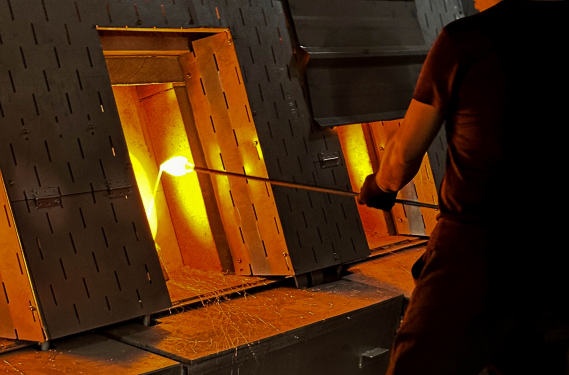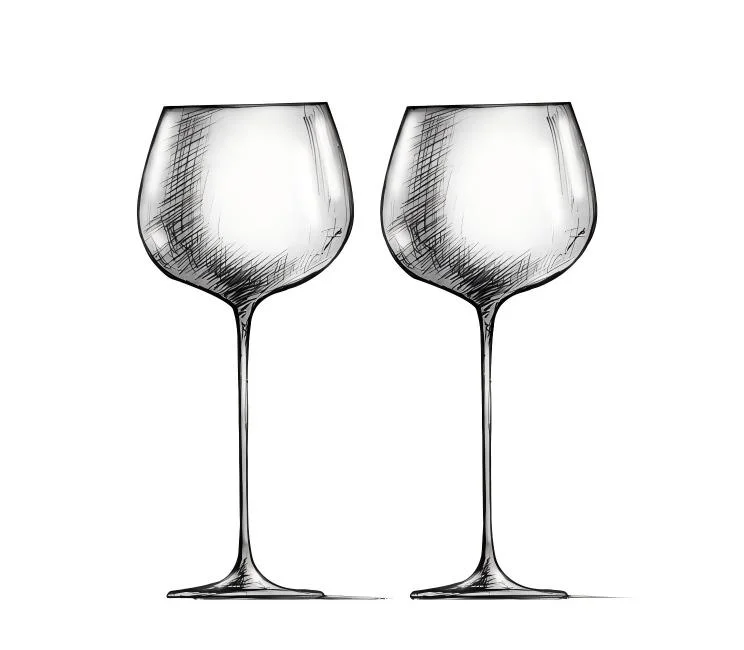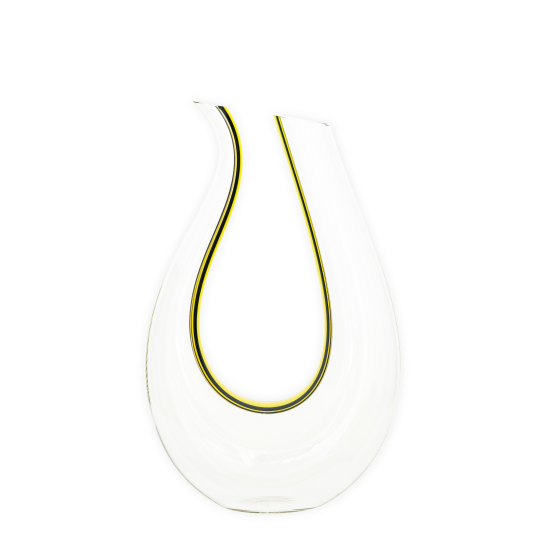What is the Standard Wine Glass Size in ml?
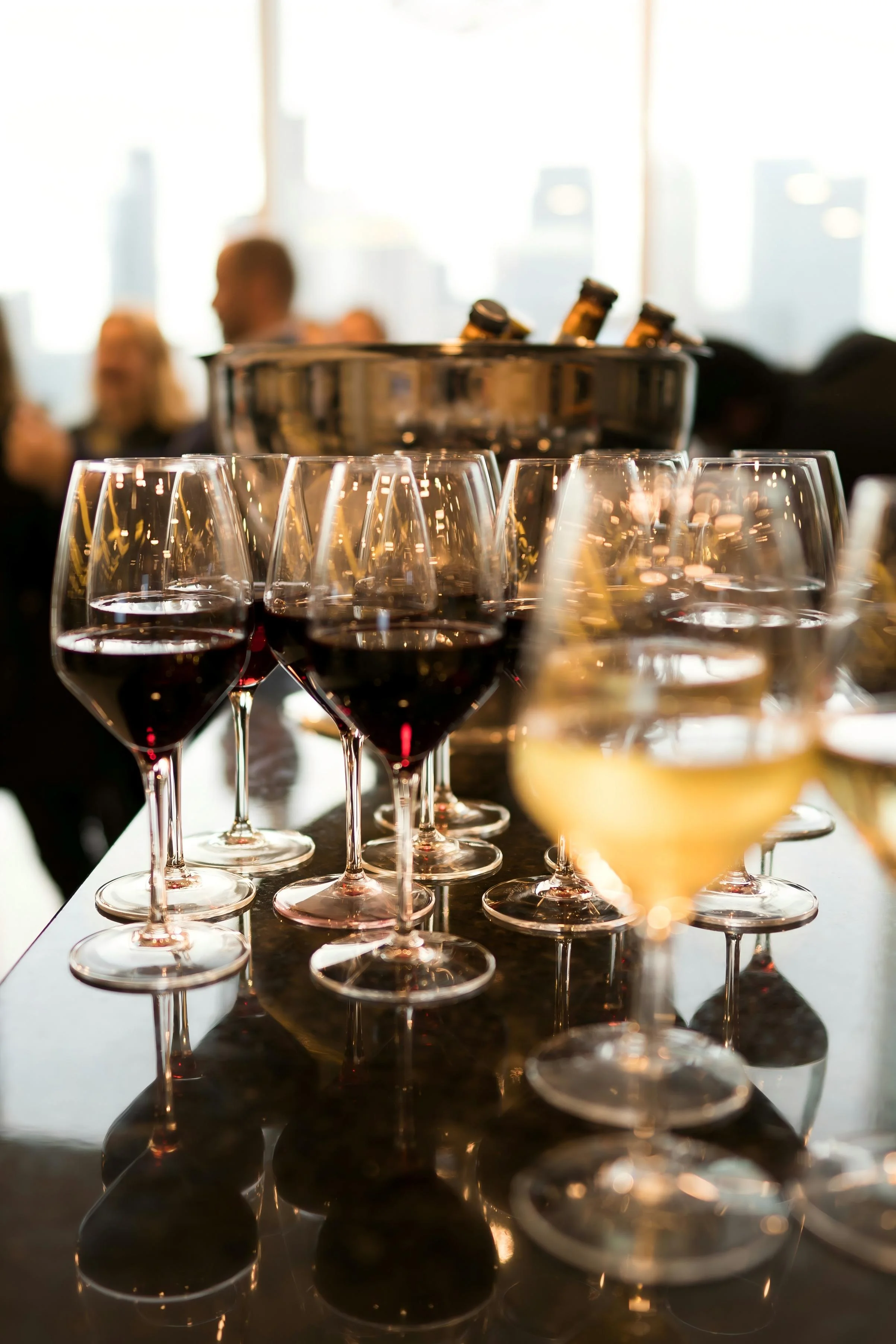
Wine glasses come in all kinds of sizes, depending on the wine and where you are. Red wine glasses hold 500–800 ml to let the wine mix with air. White wine glasses hold 300–500 ml to keep the wine cold and tasty. Sparkling wine flutes hold 200–300 ml to grab bubbles. Over time, wine glasses have grown bigger to make drinking more fun. This came from new wine ways and better glass-making skills. Perfect Select makes wine glasses that are nice and useful, with shapes just for each wine type. Pours differ by place—125–175 ml in the UK and Europe, and about 150 ml in the US. Big glasses look fancy in restaurants. Choosing the right size and shape makes wine taste and smell great while sticking to serving rules.
What Is the Normal Size of a Wine Glass?
How Have Wine Glass Capacities Changed Over Time?
Wine glasses have changed a lot over many years. Way back, people drank less wine at once. Glasses then held just 100–150 ml. But as wine got super popular in Europe, glasses got bigger. Larger sizes let folks swirl the wine, sniff its smell, and enjoy its look.
A 2023 study in the Journal of Wine Research found that the average wine glass size went from 150 ml in the 1700s to 450 ml by 2020. From 1990 to 2020, sizes grew by 7% each year. People wanted yummier wine, and new glass-making tricks helped. (Source: Journal of Wine Research, tandfonline.com, 2023).
Old glass-blowing ways were swapped for machine-made glass. Later, careful hand-making came back. Now, bigger wine glasses aren’t just pretty to see. They make wine taste and smell way better, too.
What Are the Typical Volume Ranges for Different Types of Wine Glasses?
Wine glasses vary based on the wine they’re made for. Each one is shaped to show off the wine’s best parts.
Red Wine Glasses Are Designed with Larger Bowls to Enhance Aeration
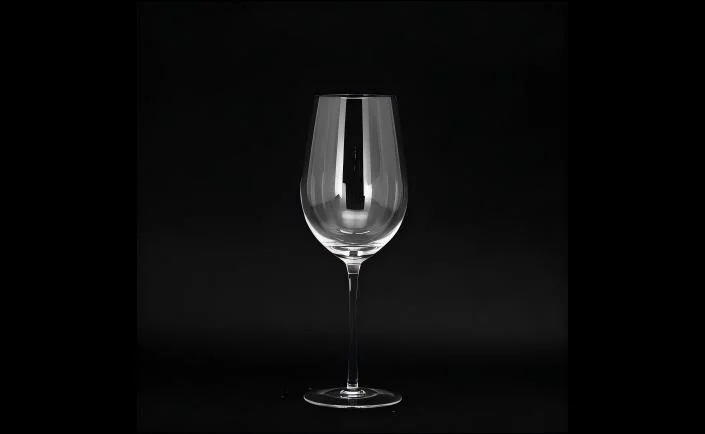
Red wines need air to taste awesome. That’s why red wine glasses are big, holding 500–800 ml. The wide bowl lets air blend with the wine. This calms strong tastes and pulls out nice smells.
White Wine Glasses Tend to Be Smaller to Preserve Freshness
White wine glasses are smaller, holding 300–500 ml. Their skinny top keeps the wine chilly. It also traps light, flowery, or fruity smells.
Sparkling Wine Glasses Prioritize Bubble Retention
Sparkling wines, like Champagne or Prosecco, use flutes or tulip-shaped glasses. These hold 200–300 ml. The slim shape stops bubbles from getting away. It also sends smells to your nose.
Why Do Standard Wine Glass Sizes Vary So Much?
How Do Cultural Norms Influence Serving Sizes?
Pours differ around the world. In the UK, a common pour is 125 ml or 175 ml. In the US, restaurants usually pour 150 ml. These differences show how people think about drinking and serving wine in each spot.
Does the Type of Wine Determine the Ideal Glass Volume?
You bet it does. Bold wines, like Bordeaux reds, need big glasses so air can mix in. Lighter wines, like crisp whites or sparkling ones, work better in smaller glasses. These keep their tastes fresh. The skinny top of a red wine glass boosts smells. White wine glasses focus on cool, fruity flavors.
How Does Aesthetic Design Affect Capacity?
Today’s wine glasses mix looks and use. Some have thin rims and long stems for a fancy feel. Others have wide bowls to spread smells. The material matters too. Lead-free crystal, also called soda-lime glass, is shiny and clear but safe to use.
How Do Global Standards Compare When It Comes to Wine Glass Sizes?
What Are the Guidelines in the UK and EU?
In Europe, under EN rules, pours are often 125 ml for tastings, 175 ml for regular servings, or 250 ml for big ones. These are common in restaurants, but the glass size doesn’t always match.
What About US Regulations on Pouring Volumes?
In the US, a standard pour is about 5 ounces, or 150 ml. But many places use bigger wine glasses. This gives room to swirl the wine without spilling.
Do Restaurant Practices Skew Perceptions of Standard Size?
Sure do. Restaurants often use big wine glasses but pour normal amounts. This makes servings look tiny. It’s done to make the wine look nice and smell better without pouring too much.
How Does Perfect Select Approach Wine Glass Design Differently?
What Philosophy Drives Perfect Select’s Product Line?
Perfect Select makes wine glasses that are handy and pretty. They use lead-free crystal. With over 20 years of know-how, they sell in places like Europe and North America. Their wine glasses meet FDA and LFGB safety rules. They aim to make glasses for daily meals or special parties. Their process makes sure every glass is tough and well-crafted.
You can check their full range at Perfect Select.
How Is Form Balanced with Functionality in Their Products?
Perfect Select offers lots of sizes, from tiny flutes to big Bordeaux bowls. Each glass makes the wine taste its best. Their handcrafted ways make every piece special. They also stick to tough quality rules to keep glasses strong and pretty.
Which Perfect Select Products Match Standard Sizes Best?
Perfect Select Bordeaux Red Wine Glass (650 ml)
This big glass is awesome for bold reds like Cabernet Sauvignon or Syrah. Its wide bowl lets air mix with the wine. The smooth shape looks cool at dinners or tastings.
Pouring tip: Pour 150–175 ml to leave space for swirling without spills.
Perfect Select Universal White Wine Glass (450 ml)
This glass is made for yummy whites, like Riesling or Sauvignon Blanc. Its narrow bowl keeps the wine cold and shows off fruity tastes.
Recommended use: Great for chill meals or events with different wines.
Perfect Select Sparkling Flute (250 ml)
This thin flute keeps bubbles in Prosecco or Champagne longer. It guides smells to your nose.
Best practice: Pour 125–150 ml of chilled sparkling wine for parties.
How Can You Choose the Right Size Based on Occasion?
Should Pour Size Change Depending on Setting?
Yup, it should. Different events need different pours.
Casual Dinners
A medium glass, around 400–500 ml, works great. It’s easy to use and not too big.
Formal Tastings
Use small pours, like 125–150 ml. Pick glasses made for specific wines to show off their smells.
Entertaining at Home
Bigger wine glasses make smells pop. But keep pours medium. This makes refills feel generous, not too much.
What Are Practical Tips for Measuring Standard Volumes at Home?
How Much Is Too Much? Decoding Common Pour Sizes
· 125 ml: Awesome for tastings.
· 150 ml: Usual for restaurants.
· 175 ml: Nice for home pours.
Use these sizes when hosting or sipping alone to stay smart.
Can Measurement Tools Help Ensure Accuracy?
Yes, they sure help. Try marked jiggers or measuring cups. Practice pouring until you know the right amount by feel.
How Should You Store Larger Capacity Glassware Safely?
Big wine glasses are fragile. They’re not dishwasher safe. Wash them by hand. Store them in padded boxes with foam or bubble wrap if you can’t stack them safely.
Why Does Choosing the Right Size Matter Beyond Looks?
Does Bowl Size Affect Taste Through Oxygenation?
Yes, it does. A bigger bowl lets more air touch the wine. This makes bold reds taste smoother. But it can make light whites lose flavor if the glass is too big.
Is There a Link Between Visual Appeal and Etiquette?
You bet. A nice wine glass shows you care about your guests. It also shows you notice little things. This makes hosting better, from food to pouring wine.
Can Aesthetics Ever Compromise Functionality?
Sometimes, yeah. But not with Perfect Select. Their wine glasses mix simple, pretty designs with the right sizes. You get style and use in one cool package.
Elevate Your Collection: Where Should You Start Building Your Set?
Which Starter Sets Offer Versatility Across Occasions?
Grab a set with one red wine glass (600–700 ml), one white (400–500 ml), and one sparkling flute (about 250 ml). This covers most wine moments without taking up too much space.
What If You Want Premium Options Tailored for Tasting Events?
Look for tasting kits with shapes for different grapes, like Burgundy bowls or Riesling tulips. These give the best taste and smell for serious tastings or wine fan meetups.
FAQ
Q1: What is considered a standard pour size in a normal wine glass?
A: A usual pour is 125–175 ml, depending on the place. Restaurants often pour about 150 ml, no matter the glass size.
Q2: Are all large-capacity wine glasses dishwasher safe?
A: Nope, they’re fragile. Always wash them by hand, especially if made from lead-free crystal or soda-lime glass. Dishwashers can break them.
Q3: Is there any difference between soda-lime glass and lead-free crystal?
A: Not really. They’re almost the same stuff. “Lead-free crystal” focuses on clear, safe glass. “Soda-lime” just names the material straight up.
Other Blog
